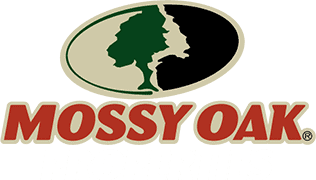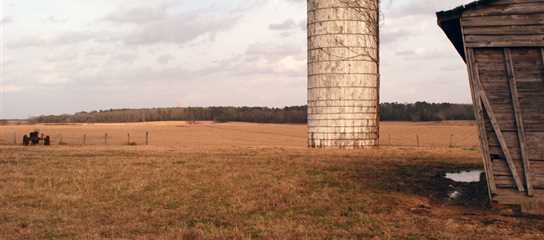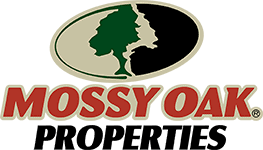Kevin Keen | Originally published in GameKeepers: Farming for Wildlife Magazine. To subscribe, click here.
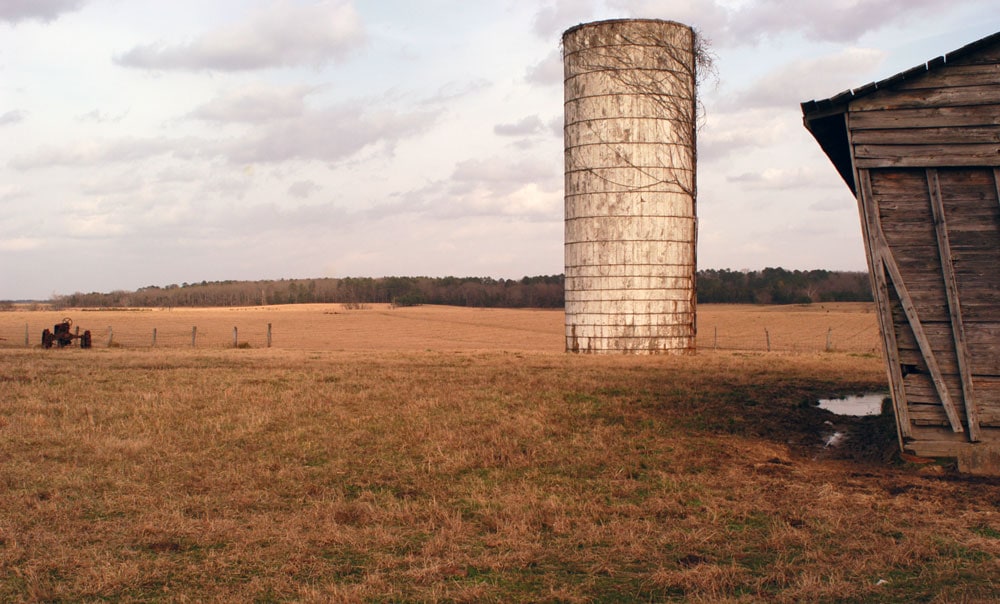
Inevitably the first phone call or in-person visit between a landowner and real estate agent involves a discussion on “what’s my property worth?” While we can’t legally give a direct value to a property, as that’s an appraiser’s job, it is our job to know the market and be able to speak knowledgeably and professionally about a potential sales price. Unfortunately many folks don’t think about things they can do to maintain or increase the marketability and market value of their property while they own it. Whether you plan to sell the parcel in the near future or not it only makes sense to plan for the worst (if you’re forced to sell for some reason) and hope for the best (you never sell, but could fetch a premium if you wanted).
At Mossy Oak Properties, we are very blessed in our chosen careers to see the best and worst properties across the state of Arkansas. It can truly be amazing at how much of a difference there can be in two similar properties while under ownership of different individuals or entities. There are many people who take the time, effort and money to put in food plots, mow their roads, and maintain blinds, etc. while others do nothing. And of course there are certainly cases where physical or financial abilities limit the work that takes place, regardless of an owner’s imagination, intentions or goals. At other times folks are too busy or simply don’t see or understand that their tract is getting out of hand. Oftentimes the longer you let things go it is exponentially more difficult to “put the shine back on.”
While there isn’t much an individual can do about their neighbors, there are several different approaches one can take to maximize a property’s marketability once inside the gate. The very first thing we notice when we go into a property, whether recreational, farm land, or a cattle farm, is what it looks like at the entrance. Many of the properties we work on are well manicured, clean, and have good curb appeal. Some properties are simply cluttered with junk laying everywhere right when you go in. This can make it difficult because these areas provide the first and last impression a buyer has of the tract. And although it may seem obvious to keep a place clean, we see some pretty bad messes from time to time. Often landowners in these cases say they’ll clean the place up between an accepted contract and close. While that may not sound like a bad idea on the surface and they likely will do what they say, it makes getting a contract ten times more difficult than it should be.

The second point, and we may end up sounding like hypocrites here, although you’ll get the point, is to keep a property mowed and maintained. I say that because anyone who knows us would say that’s the opposite of what they hear us say, particularly on recreational tracts when discussing nesting and bedding habitat (don’t mow). What we’re getting at here is areas around the cabin or lodge should be mowed and roads throughout the property should be well maintained.
The reason this is so important is that most of today’s buyers want to be able to ride around a property in a side-by-side or truck. And frankly they often expect it. On a recent showing where the roads had been very poorly maintained due to physical limitations of the landowner, our potential buyer busted the top off his side by side trying to navigate the trails. While it ended up not being a big issue it certainly didn’t help anything. Keep in mind roads can serve more than one purpose. A good way to make dual use of your roads is to make them into food plots as I’ll discuss next.
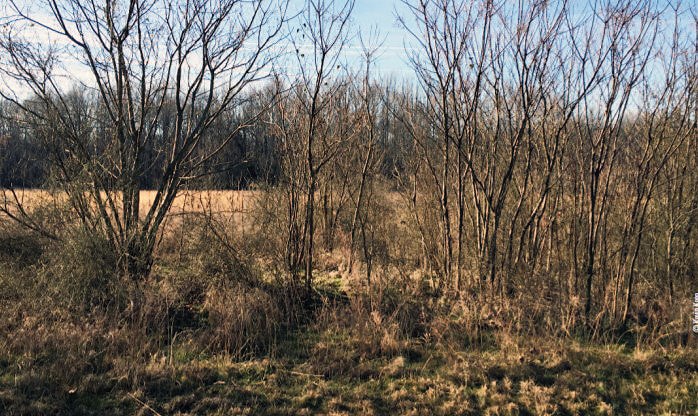
Food plot maintenance on a recreational tract being sold for hunting is a must if one expects to get a solid market value for the ground. Maintaining your one or two honey-hole food plots on a row crop or cattle farm adds a dual use and therefore marketability to a buyer. Just like roads being impassable, it really hurts a showing when you have to try and describe why food plots and/or moist-soil units are not planted.
Always put in the best plots you can afford, but even economical options like wheat create nice green plots which are what buyers are looking to see, plus the deer will cover it up too. In the springtime you can put in annual legumes like BioLogic’s BioMass All Legume for deer, chufa for turkeys, or even sunflowers for fall doves. Any of these options keep the plots looking attractive, not only to wildlife, but buyers as well. Planting roads, as previously mentioned, in something like Clover Plus, Non-Typical or wheat provides a positive experience for buyers from start to finish.
Often times we’ll see cases where one stand has become unusable and landowners just stick another one 15 feet away without taking down the old one. While the deer may not care, buyers just see that as a chore they have to do right at the start. The same goes for duck hunting blinds too. If a blind is really dilapidated either make repairs so that it’s usable or tear it down and replace it with new.Outside of a real estate showing purpose, planting interior roads in food sources may or may not be the best option; however, bumping animals and seeing critters while showing a property increases the chance of getting an offer. Often tied directly to food plots are box blinds, ladder stands, ground blinds, or other stand types. It’s very important to keep stands looking like they’re in use or at least not crooked and falling over.
Similar to food plot maintenance is keeping up the productive areas on row crop and cattle farms. I’ve had some cases where the landowner has stopped farming the property and let it grow up. This makes our job extremely difficult because instead of selling a farm we’re really trying to sell a weed. Whether it’s a food plot, garden area, fish pond or moist soil unit, you want to have it maintained to be visually pleasing and actually used for its intended purpose. Here you see a well-maintained, properly utilized moist soil unit. patch that was a farm.” Sometimes this is due to an absentee landowner having a bad experience with a particular farmer so they give up on the idea which is the worst option.
If you’re not near your farm, work to find locals to visit with about finding a trustworthy farmer so you can avoid this unnecessary complication. A good place to start is your local co-op, chemical company or feed store in cattle country. They deal with farmers or ranchers every day and in almost every case tell you who to stay away from and steer you to the best contacts. When you don’t have the time or resources to complete such tasks you should consider a professional management company.
Whether it’s overgrown food plots, cluttered home places, farm fields full of weeds, or pastures full of trees and briars you create doubt about the purchase in a buyers mind. At a minimum, that causes them to question a list price and reduces the likelihood of an offer. It can be amazing to see the difference in excitement levels of the same client on two properties where one is maintained and the other looks untouched.
If you’re too busy to do the work yourself reach out to a local management company who specializes in maintaining and fixing these exact problems. Always remember that maintenance drastically increases not only your chance of selling, but will ultimately help you get the best price if you ever sell your property.
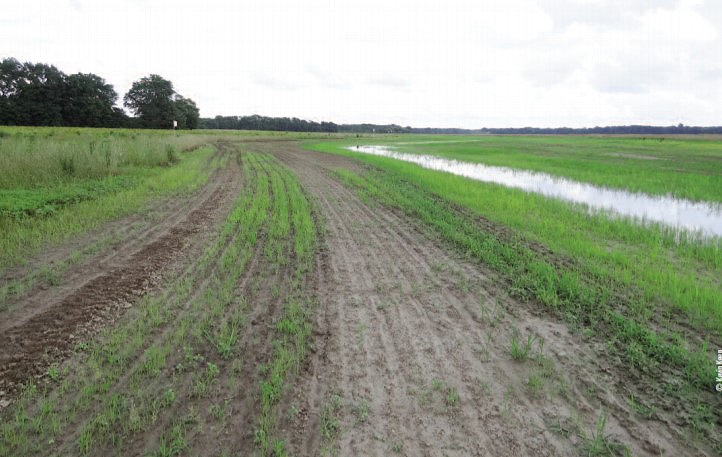
Kevin Keen and Robert Eason are both real estate agents and property managers for Mossy Oak Properties Delta Land Management Co., a full service real estate and property management company based in Arkansas.
